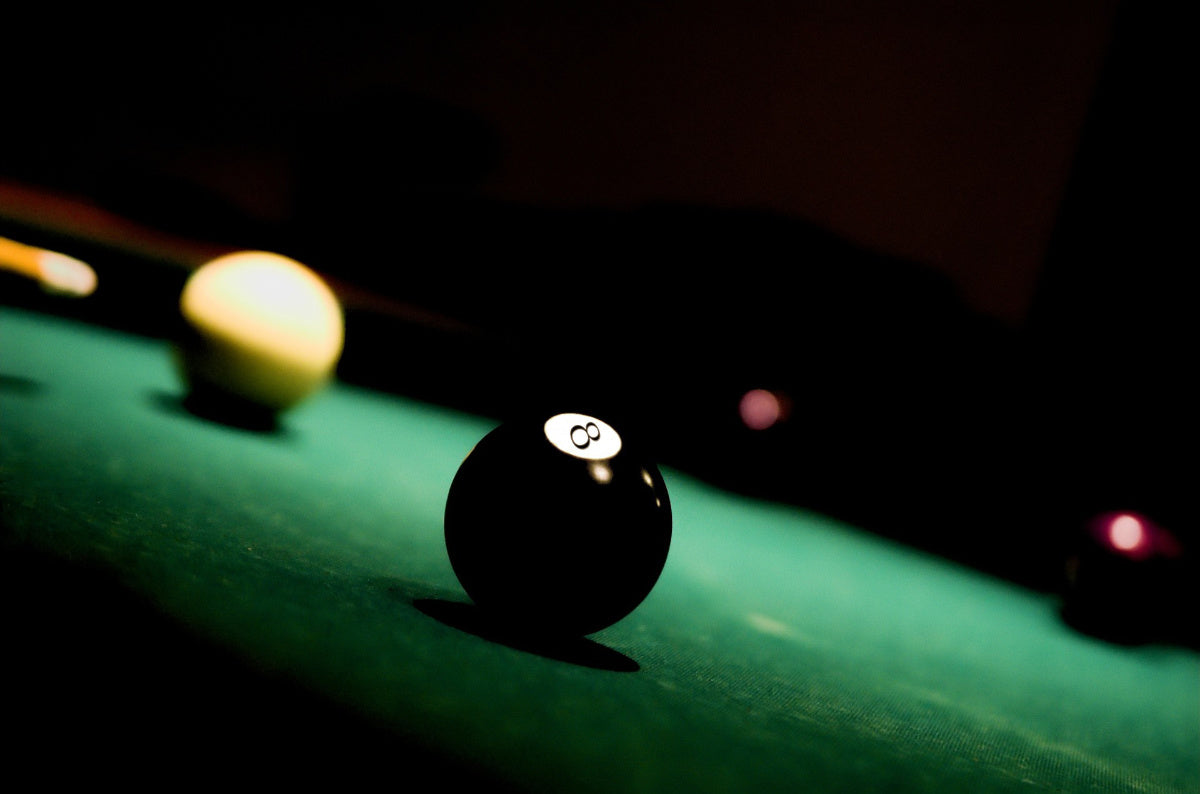Have you ever wondered why the game of billiards is commonly referred to as "pool"? While the origins of the game itself are well-documented, the story behind the name "pool" is less known but equally fascinating. Join us as we explore the historical roots and events that gave rise to this popular name.
A Connection to Horse Racing: Poolrooms and Betting Parlors
The term "pool" is believed to have originated from the practice of pooling bets in horse racing. In the 19th century, betting parlors, also known as poolrooms, were prevalent in England and the United States. These establishments allowed patrons to place wagers on horse races, and the bets were combined, or pooled, to create a single pot. The winnings were then distributed among the successful bettors.
Billiards Tables in Poolrooms: The Link to the Game
While poolrooms were primarily focused on horse race betting, they often featured billiards tables as well. Patrons waiting for race results could pass the time by playing billiards, and eventually, the game became associated with the poolrooms themselves. Over time, the name "pool" transcended its original context and became synonymous with the game of billiards.
The Evolution of Billiards into Pool
The game of billiards has undergone numerous changes throughout history, eventually leading to the development of various cue sports, including snooker, carom, and pool. The term "pool" is now commonly used to refer to a specific type of billiards game played on a smaller table with pockets, such as eight-ball or nine-ball. This evolution of the game has further solidified the connection between the name "pool" and billiards.
Conclusion
The name "pool" in billiards has a fascinating history, rooted in the betting parlors of the 19th century. As patrons played billiards while waiting for horse race results, the term "pool" began to permeate the game's culture, eventually becoming synonymous with the popular cue sport. Understanding the origin of the name "pool" enriches our appreciation for the game and its historical context, offering a glimpse into the past that has shaped the billiards world we know and love today.

